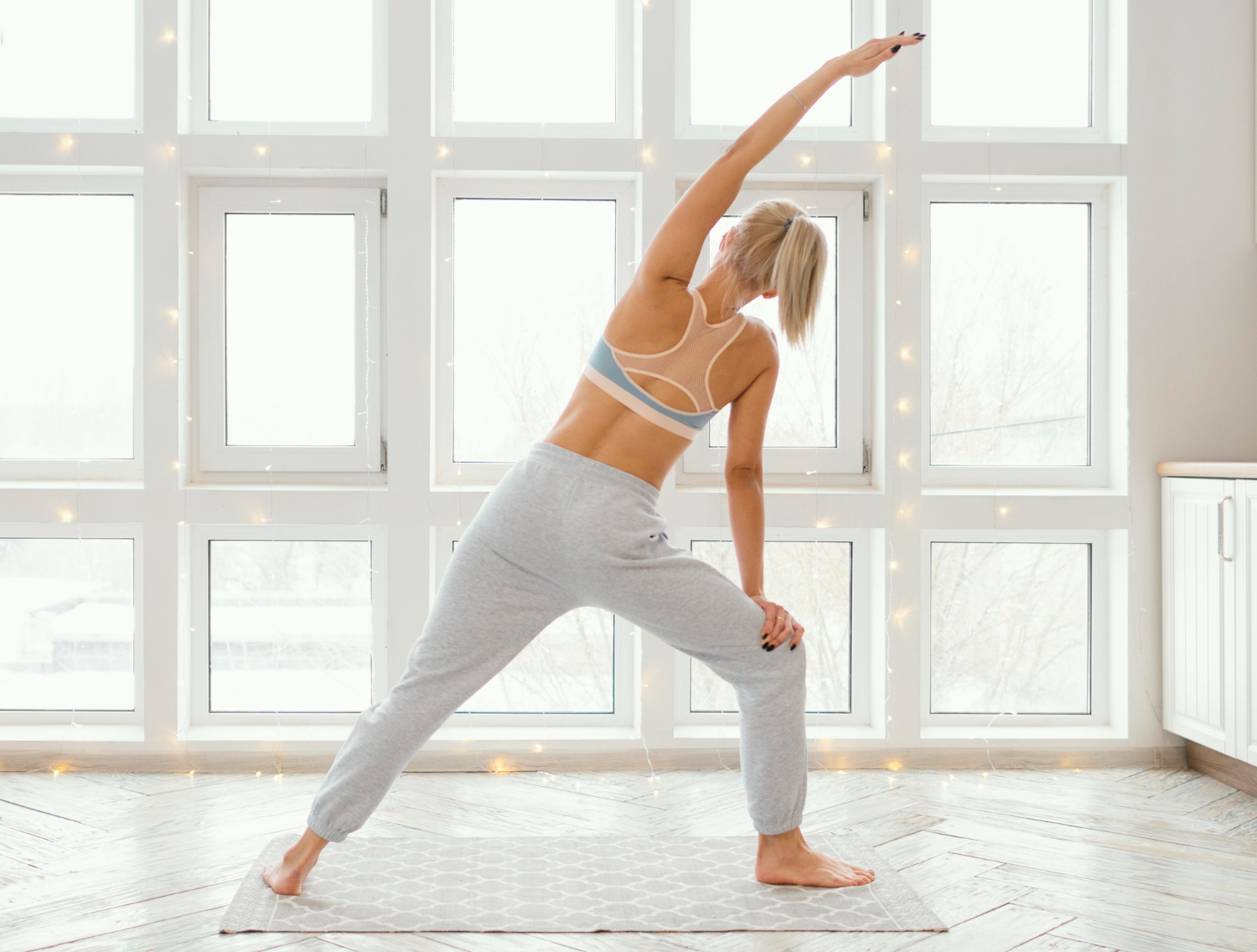Why stretching matters
Stretching improves blood circulation, increases range of motion, supports joint health, and reduces tension in overworked muscles. It’s also a powerful stress reliever, giving your nervous system a signal to slow down.

Evidence-based benefits of stretching
Scientific research shows that stretching isn’t just “feeling good” — it has measurable benefits:
Improves flexibility and range of motion
A study in the Journal of Strength and Conditioning Research found that regular static stretching increased joint flexibility and reduced muscle stiffness, helping with mobility in daily life.Reduces stress and improves mental health
Research published in Frontiers in Psychology showed that gentle stretching activates the parasympathetic nervous system, reducing cortisol levels and promoting relaxation.Helps posture and back health
Studies link consistent stretching with reduced back and neck pain in people with sedentary jobs, as it decreases tension in overactive muscles.
Evidence proves that daily stretching routines support both physical and mental well-being, making them a simple but powerful health practice.
Best stretching exercises for daily routine
1. Neck and shoulder stretch
Perfect for office workers — gently tilt your head side to side and roll your shoulders to release tension.
2. Cat-cow stretch
A simple yoga-inspired move to mobilize your spine and reduce back stiffness.
3. Standing hamstring stretch
Lengthens tight hamstrings, supports lower back health, and improves posture.

4. Hip flexor stretch
Vital for anyone who sits for long hours. Helps prevent hip tightness and lower back pain.
5. Child’s pose
A calming stretch for your back, shoulders, and hips — also helps with relaxation and stress relief.
How to build a daily stretching routine
Morning: Quick 5–10 minutes to wake up your body.
After workouts: Focus on the muscles you’ve trained.
Evening: Gentle stretches to relax and prepare for better sleep.
Consistency is more important than intensity. A few minutes every day brings lasting results.
Try our daily stretching program
Want expert guidance and a ready-to-follow plan? Our Daily Stretching Program is designed for busy people who want to:
Improve flexibility without spending hours on training
Relieve tension from sitting and stress
Boost energy and mobility for everyday life
Sources Used:
2.Kamei, T., et al. Relaxation and Stress Reduction through Stretching. Frontiers in Psychology, 2020.
















